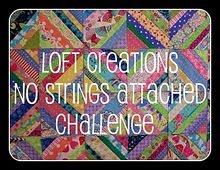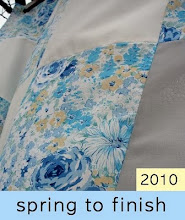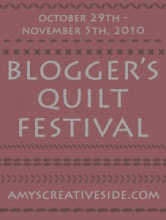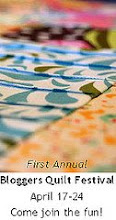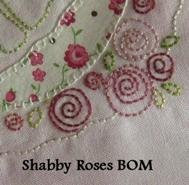Happy New Year! Welcome to Tuesdays Tomes 2011-a weekly book review of a vintage book available free on-line.

The Agony Column by Earl Derr Biggers
Could I resist a book entitled “The Agony Column”? Can you?
Mr. Geoffrey West, an American in London in the hot summer of 1914, has breakfast every morning at the Carlton Hote-strawberries and a delighted perusal of the Daily Mail’s “agony column” personals.
“MY LADY sleeps. She of raven stresses. Corner seat from Victoria, Wednesday night. Carried program. Gentleman answering inquiry desires acquaintance. Reply here. LE ROI”
WATERLOO: Wed. ll:53 train. Lady who left in taxi and waved, care to know gent, gray coat?—SINCERE
Ah-and this could be a tweet…”—loveu dearly; wantocu; missu—“ Well, at ten cents a word…
One morning he looks up from his Daily Mail as a lovely young American and her father enter. Offered those miraculous end-of-season strawberries, she defiantly states-absolutely not.
“I hate them! Grapefruit, please.”
Mr. West loudly tells the waiter to bring him a second dish...it works, she looks at him.
He keeps looking over..he sees she too is reading the Daily Mail Agony Column…she reads one to her father…he calls it Bosh - she thinks its quite nice.
He can’t stop thinking about her. Does he dare write a note to the Daily Mail? Should he?...would she answer?... Dear Miss Grapefruit…
This book is just full of surprising twists and turns and is quite as delightful as its title. Added joy-it gives an oblique look at London right up to the eve of WWI.
Read by peac, you can download this free audio-book here or the free e-book in pdf. or kindle format here.
Could Mr. West have looked this snappy?

Would one of these dresses been appropriate for breakfast at the Carlton?

I can’t see Miss Grapefruit with a fur muff but I do like the dress and those hats!

 I'm using mostly scraps and it was really nice to revisit a beautiful fabric that had only a small piece left-just enough for this block.
I'm using mostly scraps and it was really nice to revisit a beautiful fabric that had only a small piece left-just enough for this block. There's still a bit more of this-a few more 2 1/2" strips so you'll see this one again-isn't it lovely. Its really a salmon rather than a pink.
There's still a bit more of this-a few more 2 1/2" strips so you'll see this one again-isn't it lovely. Its really a salmon rather than a pink. Row G was not as much fun as F. I just finished the little applique diamonds on block G-11 this morning...
Row G was not as much fun as F. I just finished the little applique diamonds on block G-11 this morning... but I did find this beautiful soft homespun in the drawer. Wish I'd looked better earlier, I could have used this for some of the other orange blocks (I'm trying to follow Jane Stickle's colors). Do you remember the Roberta Horton homespuns from the 90s-they were so soft and lovely. This is one of the few pieces I have left-I used it in a quilt for my Mom and it was nice to use it again and know that it will be part of this quilt. I really had thought it was all finished.
but I did find this beautiful soft homespun in the drawer. Wish I'd looked better earlier, I could have used this for some of the other orange blocks (I'm trying to follow Jane Stickle's colors). Do you remember the Roberta Horton homespuns from the 90s-they were so soft and lovely. This is one of the few pieces I have left-I used it in a quilt for my Mom and it was nice to use it again and know that it will be part of this quilt. I really had thought it was all finished.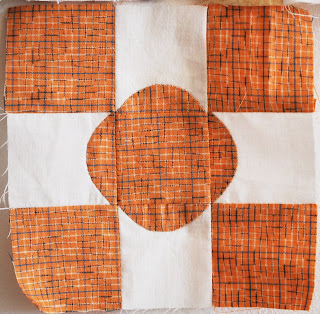 Row H awaits but I think I've caught a winter cold so the going may be a bit slower for while.
Row H awaits but I think I've caught a winter cold so the going may be a bit slower for while. 


































